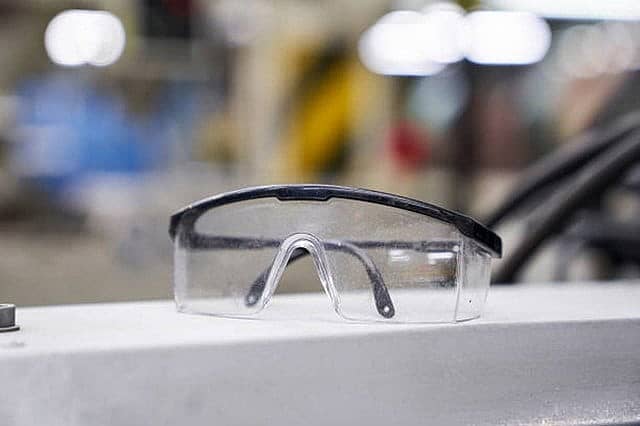March is Workplace Eye Wellness Month, an event sponsored by Prevent Blindness to help keep employees’ eyes safe and protected while on the job. Regardless of the type of workplace, protecting vision should always be a priority!
Did you know that according to the Bureau of Labor Statistics every year thousands of workers suffer work-related eye injuries that require medical treatment? According to The American Academy of Ophthalmology, wearing appropriate protective eyewear can prevent more than 90% of serious eye injuries.
Proper eye protection minimizes the risk of significant eye injury and is critical in protecting employees. Workplace Eye Wellness Month is a great time to evaluate your facility’s eye protection policies and assess compliance with them.
Eye injuries can occur when protective eyewear is not used, or when the incorrect type of protective eyewear is used. All protective eyewear must comply with ANSI Z87.1-2020, the American National Standard for Occupational and Educational Personal Eye and Face Protection Devices.
Safety glasses with side shields are the most commonly used type of eye protection. They provide protection from moderate impact hazards and minor chemical splashes. Safety glasses have shatter-resistant lenses commonly made of polycarbonate.
OSHA regulations require that employees who wear prescription lenses while engaged in operations that involve eye hazards wear eye protection that incorporates the prescription in its design, or they must wear eye protection that can be worn over the prescription lenses without disturbing the proper position of the prescription lenses or the protective lenses.
Everyday prescription glasses do not provide sufficient protection for workplace hazards, and therefore cannot be used for eye protection. Employers are responsible for ensuring that employees requiring corrective lenses either wear prescription safety glasses, or wear appropriate safety glasses over their prescription lenses.
For some activities, goggles may be needed in place of safety glasses. Goggles should be worn when there is a likely risk of a splash of a chemical that can cause eye injury, such as when pouring concentrated corrosive materials. Goggles provide greater protection than safety glasses as they form a protective seal around the eyes and prevent liquids from entering under or around the goggles.
Goggles may be vented or non-vented. Non-vented goggles protect eyes from liquids, vapors, mists, and fumes. Vented goggles protect from moderate quantities of liquids with no potential for vapor or mist exposure.
In some cases, specialty eye protection may be needed to protect against certain hazards such as lasers and UV light. Regular safety eyewear and/or prescription glasses provide little to no protection!
To help employers educate workers on eye protection and safety, Prevent Blindness offers a workplace safety module as part of its free program, the Healthy Eyes Educational Series. The module includes a presentation guide and corresponding PowerPoint presentation. Prevent Blindness also offers free fact sheets and eye health and safety infographics.
For additional information on Workplace Eye Wellness Month, or for assistance evaluating your facility’s eye protection policies, please email us at [email protected].
This blog was written by Beth Graham, Safety Partners’ Director of Quality, Research, and Training.


